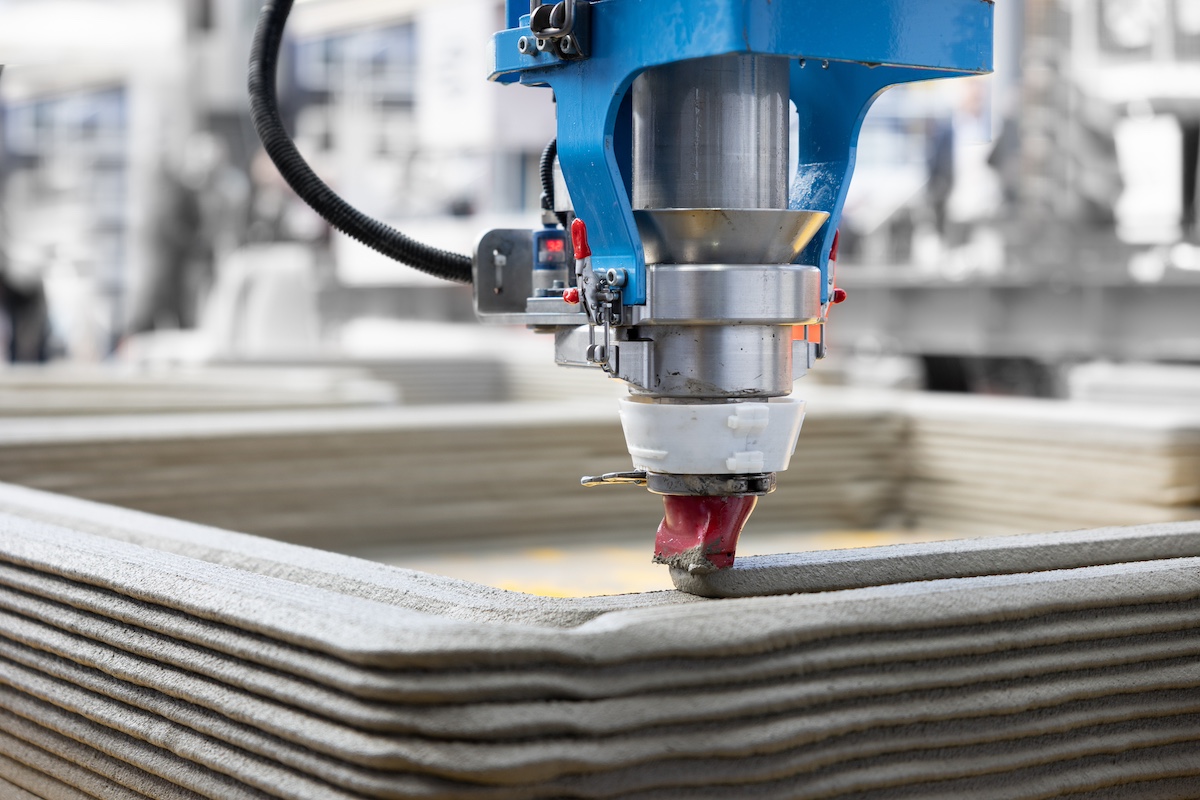How Jet Milling Improves Additive Manufacturing Materials Consistency

Additive manufacturing, popularly known as 3D printing, is a technology whose time has come. In the background of manufacturing practices for industries including automotive, medical, and aerospace for decades, additive manufacturing equipment has advanced on par with the computer-aided design (CAD) software it relies on and supports for 3D fabrication. As a result, the process is now integral to rapid prototyping.
Unlike more traditional subtractive manufacturing that removes or “subtracts” materials to form parts and products, additive material manufacturing builds them by layering or “adding” materials, and fusing them into the desired shape.
Layering materials requires fusing, and fusing requires selecting polymers with the right characteristics, compatibility, and pliability to accomplish the goal. The internal structure — particle size — of additive manufacturing materials largely dictates how and how well the layers come together.
How Particle Size and Shape Help or Hinder Additive Manufacturing
The intricacy of additive manufacturing designs are best accomplished using flowable polymers composed of particles with uniform size and shape.
Particle Size Distribution
Particle size distribution directly impacts the flowability and density of additive manufacturing materials. Without consistency in particle size, powdered polymers could limit the quality of layer bonding and/or affect the completed part’s surface finish.
Particle Shape Consistency
Particle shapes determine how a powdered polymer packs and, ultimately, flows. Spherical particles generally arrange and pack themselves more uniformly than particles of disparate shapes. Like particle size distribution, the consistency of the sphere shapes improves powdered polymer flowability and layering quality. In addition, the improved packing leads to better control of final product density and porosity — characteristics that may define product quality and/or application suitability.
Working with an experienced toll processor to control particle size and shape through jet milling is the key to successful additive manufacturing.
Why Jet Milling?
For particle size reduction and classification, jet milling is the toll processing method of choice. High-pressure, compressed gas facilitates high-velocity collisions between particles of raw feed material, fracturing them into smaller pieces.
From there, jet mills have the internal capabilities to classify particles based on specified size and shape. Those that are small enough to meet spec are funneled out of the jet mill. Those that need further reduction are recirculated until they meet proper classification.
This single step particle size reduction-classification process is both proven and effective for precision. Jet milling can generally produce particle sizes in the 1-micron to 10-micron particle range (micronization) and, depending on the material, much smaller particle sizes (nanonization) or much larger particles can be produced.
Product Trials Provide Valuable Insights
In the hands of experienced toll processors, the versatility of jet milling makes it a ready, responsive solution for many industries that use 3D printing technology. Those toll processors that offer jet milling product trials provide even more value.
Product trials help manufacturers better understand raw feed materials, including the specialty polymers used in additive manufacturing by analyzing small-quantity batches instead of risking costly full production failures. What’s more, product trials provide insights into how a toll processor tests, reports on, and documents procedures that impact material handling precision, quality, and consistency — necessities for 3D printing and value-added, collaborative toll processor partnerships.
As more industries adopt additive manufacturing technologies, the need for materials that have specific characteristics and structural integrity will only increase. Learn about the benefits of jet milling and partnering with an experienced toll processor in Jet Milling Services Fundamentals: A Manufacturer’s Guide. Click below to download your copy.


.png?width=100&height=110&name=CPS-Logo-rgb-no-callout%20(1).png)
